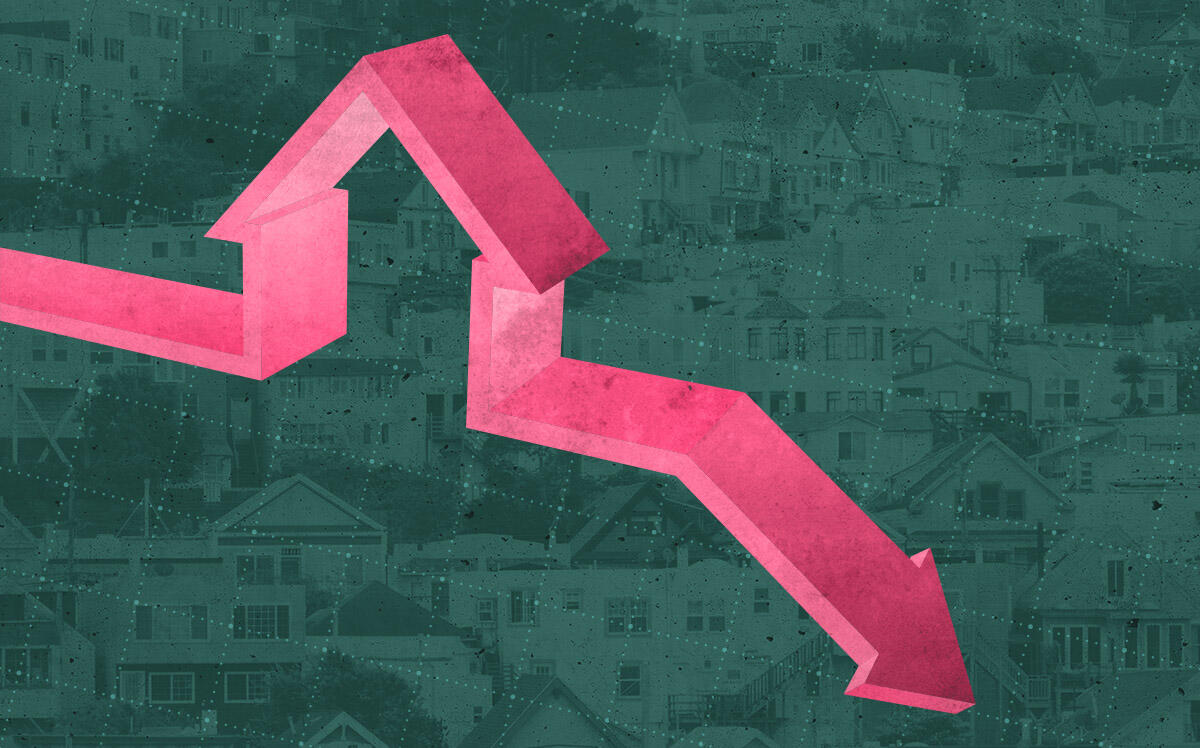 Rents fall nationally for first time in 9 months
Rents fall nationally for first time in 9 months
Trending
Rents slide or stagnate in 4 out of 5 US cities
Further drops expected as more supply comes online

For the second straight month, national rents gave back some of their pandemic gains.
The drops were minimal, but any drop is in stark contrast to the spikes of last year and early 2022.
In October, the median rent for a one- and two-bedroom apartment fell by .08 and .07 percent from September, respectively — the first time in two years both metrics have posted declines, according to the rental platform Zumper.
The drops come as more than half of the 100 most populous metro areas Zumper tracks saw month-over-month declines in median rent. Prices either fell or were flat in 9 of the 10 most expensive cities.
In the New York metro area, which had the highest median rent last year, the metric fell 2.3 percent from September to October. San Francisco, which had the second highest rents last year, the median posted a 2.6 percent drop this month — falling behind Boston.
Zumper CEO Anthemos Georgiades characterized the declines as a “correction to prices that had become overinflated” during Covid.
The market has begun to normalize as vacancy rates rise in markets where more units have come online and renters resume seasonal patterns, such as delaying moves as winter approaches.
Read more
 Rents fall nationally for first time in 9 months
Rents fall nationally for first time in 9 months
 Inflation takes Manhattan’s rental market
Inflation takes Manhattan’s rental market
 Rents have stopped growing – but are unlikely to fall
Rents have stopped growing – but are unlikely to fall
Macroeconomic stressors are also part of the puzzle. High inflation and the threat of recession has pushed more tenants into “wait-and-see mode” as Real Page economist Jay Parsons phrased it earlier this month.
Renters, perhaps considering their job security, are delaying big decisions such as moving out of a parent’s house or moving up to a pricier apartment.
“Now — with a turbulent, unpredictable economy causing fear of recession — migrations are slowing, occupancy rates are falling and rent prices are following suit,” Zumper CEO Anthemos Georgiades said in a statement.
The firm’s October report forecasts that national rents will slip further as more supply comes online, pressuring “property owners to compete for residents.”
This year should see 420,000 new apartments hit the U.S. market, a 50-year high for multifamily construction, according to RentCafe. New York will get the most of any metro area.
Still, Zumper’s report cautions that tenants should not “expect drastic price drops until supply and demand become more closely aligned.”
Surging interest rates have sidelined would-be homebuyers as financing has become more expensive, keeping them in the rental market.
Earlier this month, National Association of Realtors chief economist Lawrence Yun said the average rate for a 30-year fixed mortgage could reach 8.5 percent. This week it hit 7.3 percent, the highest in over two decades.
Buyers sitting tight in their rentals will continue to stoke competition and preclude a significant drop-off in rents, analysts predict.
Though the pace of annual rent growth has slowed over the past six months, the median rent in October was still 9.2 percent above where it stood this time last year.




